APPENDIX—WATER-QUALITY DATA FROM SOUTH-CENTRAL TEXAS IN A NATIONAL CONTEXT
For a complete view of South-Central Texas data and for additional information about specific benchmarks used, visit our Web site at http://water.usgs.gov/nawqa/. Also visit the NAWQA Data Warehouse for access to NAWQA data sets at http://infotrek.er.usgs.gov/wdbctx/nawqa/nawqa.home.
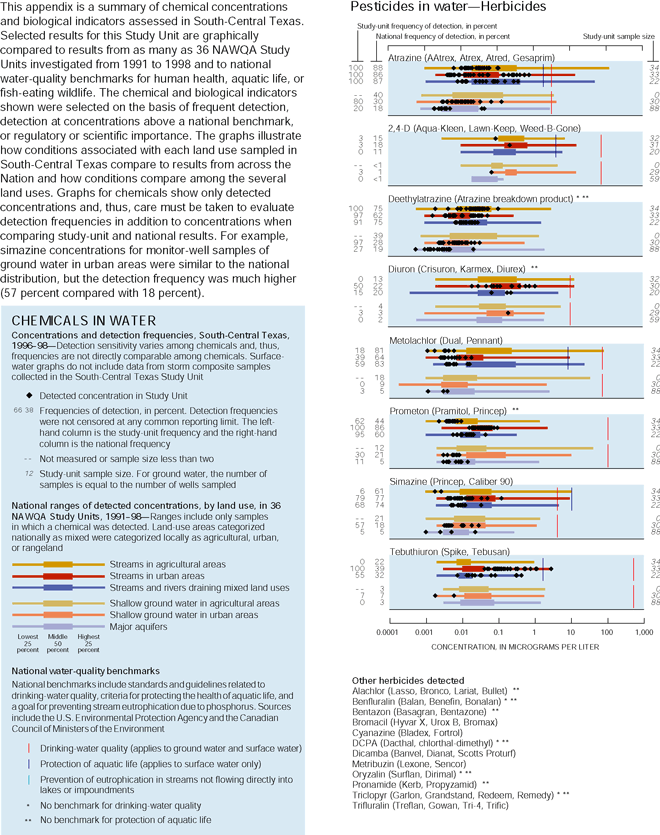 |
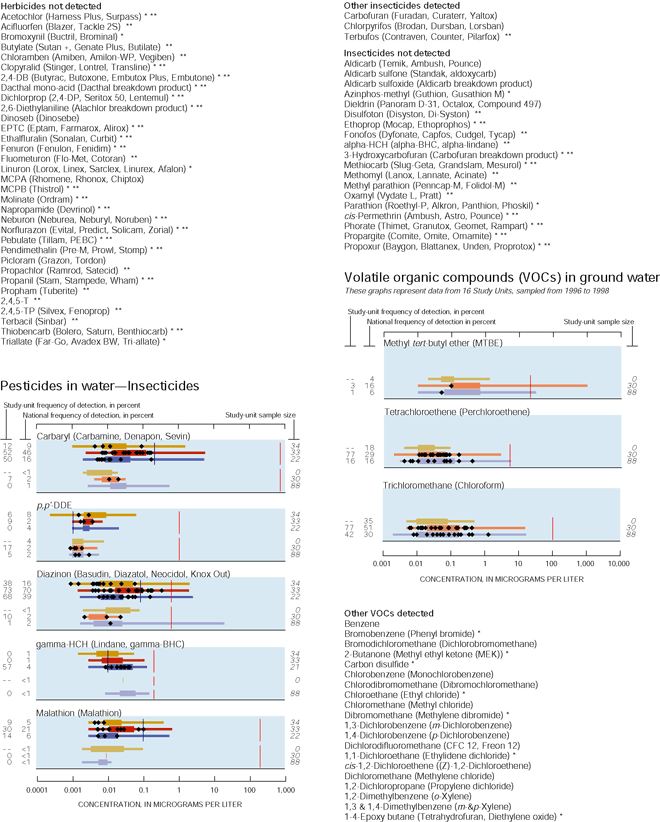 |
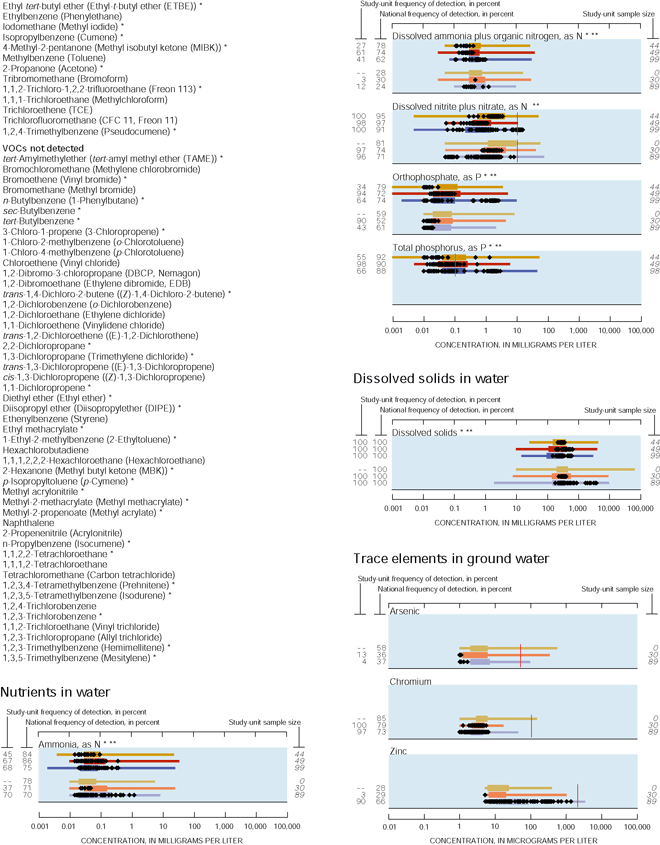 |
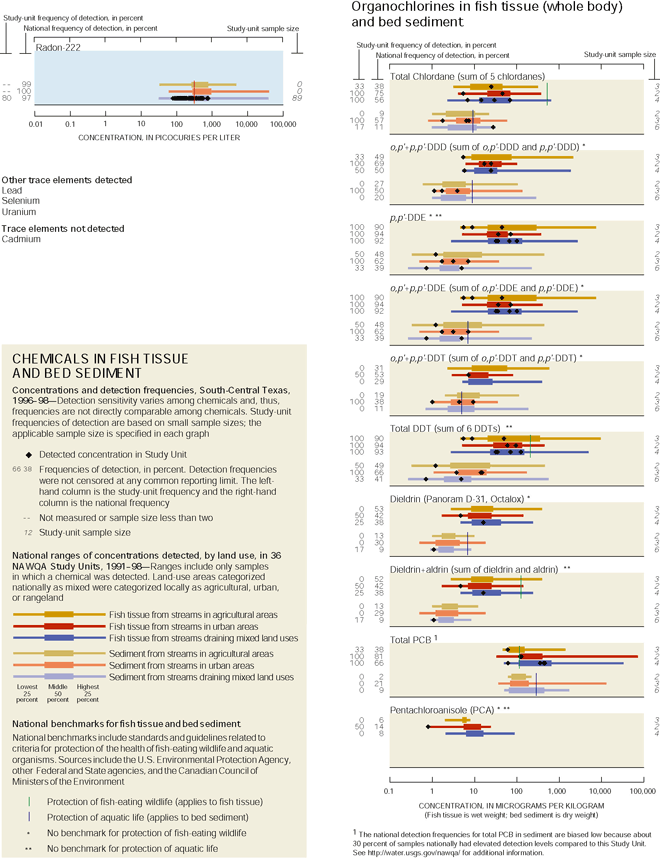 |
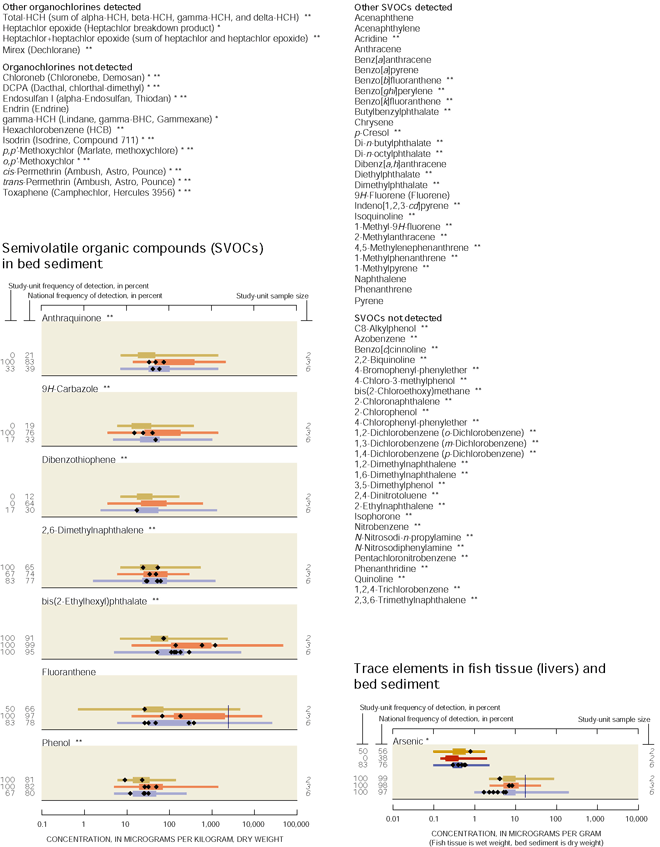 |
 |
| Table of Contents || Previous Section || Next Section || Glossary U.S. Geological Survey Circular 1212 Suggested citation:
|
